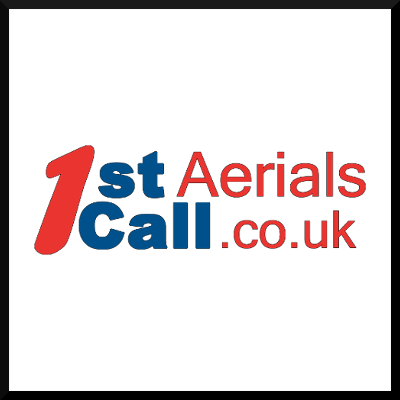Structured Data Cabling
What is Structured Data Cabling
Structured cabling is the term that describes a data and telecoms cabling infrastructure that links together Local Area Network (LAN) devices throughout a building or campus. Structured cabling can be divided into 2 basic categories:
Horizontal Cabling
In a small installation e.g. an office of up to 100 people this probably takes the form of what is known as horizontal cabling. This really means that all the cables (CAT5e or CAT6), regardless of whether they are in the same room, or on different floors, lead back to one central location. Cables will be terminated to RJ45 plugs at the user end and RJ45 patch panels in the central location, within a suitable enclosure or cabinet.
Vertical Cabling
For installations where cable runs might exceed the parameters permitted for copper cables, it will be necessary to install vertical cabling (also known as a backbone) which provides a central core of data cabling that can be accessed by a greater number of users, and over greater distances, via multiple Ethernet switches. The links that string together these switches can be copper for runs up to 90m, or fibre optic if over 90m or greater bandwidth is required.
Network Design
1st Call Network Cabling Solutions are well versed in the design and installation of all the variations of cabling mentioned above. However in our experience best results are achieved by working in conjunction with your IT department or IT support providers. We would be happy to refer IT consultants if necessary.
We has been installing data cabling infrastructures since 1990 and has gained the experience and expertise to enable us to offer a broad range of data cabling solutions. The copper data cabling installation portfolio includes:
Cat 5e UTP/FTP/STP Cabling
Cat 6 UTP/STP Cabling
Cat 6A UTP/STP
Cat 7 STP
Coax Cabling

